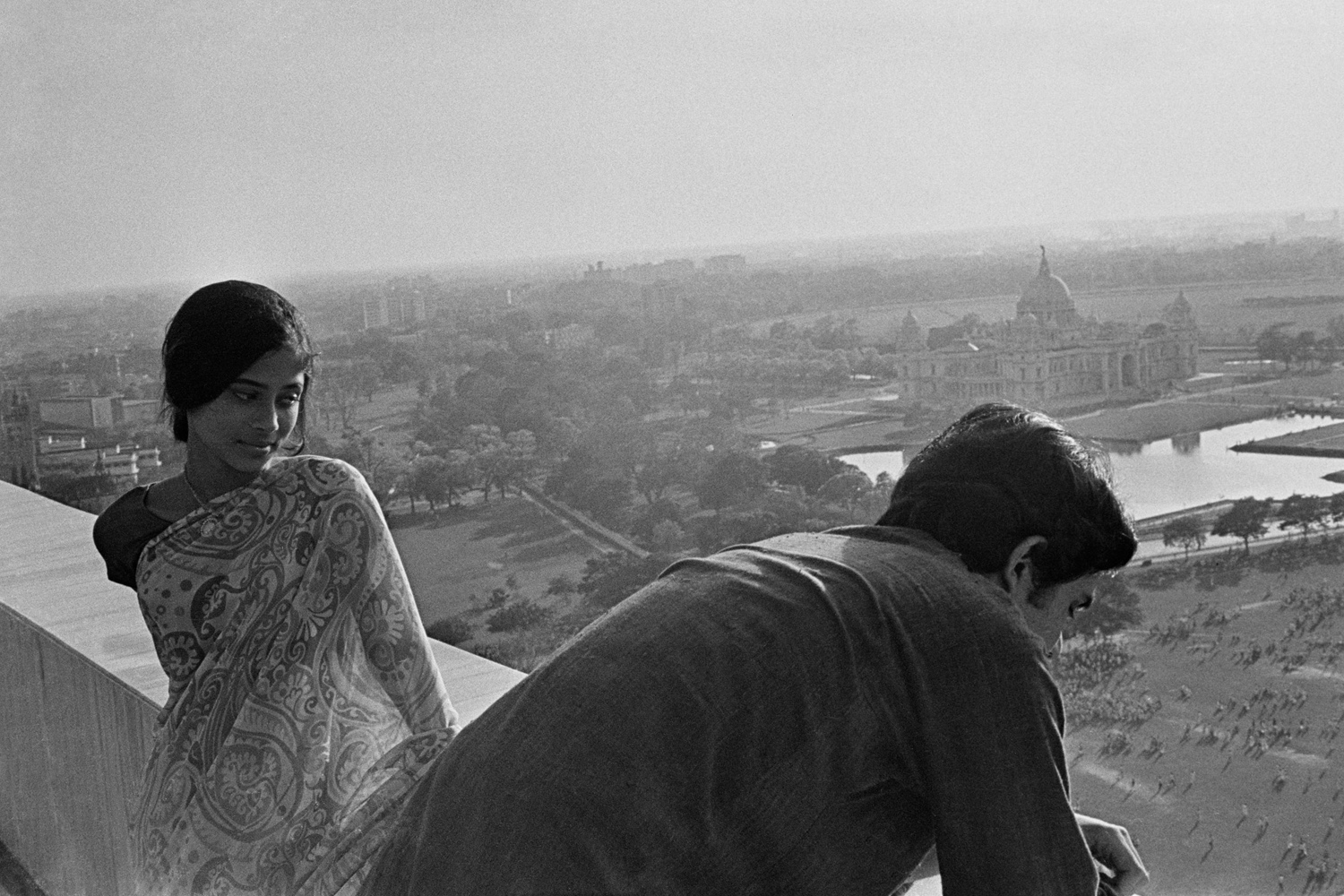As the recent Sight and Sound poll further confirmed, while the current canon is an ideal starting point for any burgeoning cinephile, an entire world of filmmaking awaits, much of which has yet to be properly restored. Now, one of the most major restoration initiatives of all time has been unveiled.
The National Film Archive of India has announced plans to restore 5,000 classics of Indian cinema, Variety reports. With some of these restorations having already been completed and premiering earlier this year––including Satyajit Ray’s 1970 drama Pratidwandi (The Adversary) at Cannes and his 1977 drama Shatranj Ke Khilari (The Chess Players) at Venice––their efforts include 2,200 restorations, with 5,000 total being digitized.
Undertaking this mammoth project will be their National Film Heritage Mission, “with the objectives of condition assessment of film reels to ascertain the remaining life of the film; 2K/4K picture and sound restoration of landmark films of Indian and recording of new picture and sound inter-negatives of each film; digitization of films; construction of archival and preservation facilities; training and workshops for in-house capacity building; and web-based end-to-end.”
“We wanted to showcase the importance of preservation of film and related ancillary materials, which is being done by the NFAI, a key stakeholder in the preservation of the cinematic heritage of India, through an exhibition at the Film Bazaar pavilions,” said NFAI head Ravinder Bhakar. “While NFAI showcased a 35mm film reel, working 16mm projector in action, rare posters, song booklets, various formats such as VHS, Beta Tapes amongst other archival objects, the pavilion also brought focus on the work done by the NFHM. We wanted the industry to know about this mission, under which thousands of features, documentaries and shorts are digitized and will be eventually restored.”
Founded in 1964, NFAI’s mission of acquiring and preserving Indian cinematic heritage continues to this day. While we await the full list of restorations, learn more below about how you can submit archival materials to the organization:


